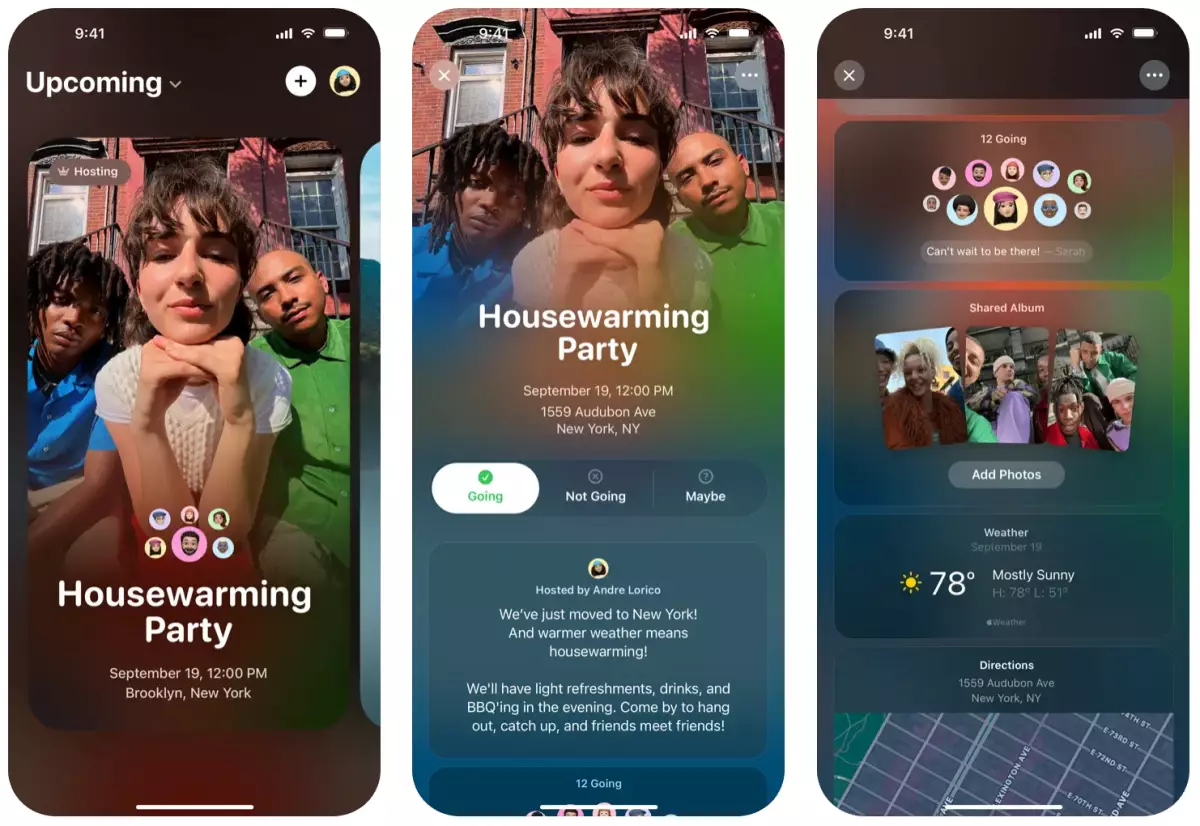In a world where digital communication dominates, Apple has stepped into the spotlight with its newly launched app, Invites. This platform is designed to enhance social interactions and simplify the process of organizing events by offering users the ability to create custom invitations right from their iPhones or through a web browser. This article delves into the innovative features of Apple Invites, comparing it to existing platforms, exploring its functionality, and assessing its value to users.
Apple Invites has emerged as a response to a growing demand for streamlined event organization tools. This app potentially rivals the likes of Partiful, which has received accolades as Google Play’s Best App of 2024. By facilitating the creation and sharing of unique invitations, Apple aims to engage the user in a more personalized party-planning experience. What’s particularly noteworthy is that although the app requires an iCloud+ subscription for invitation creation, anyone can RSVP regardless of their affiliation with Apple products. This flexibility may play a pivotal role in its acceptance among a diverse user base.
Creating an invitation on Apple Invites is touted as an intuitive process. Users can create events not only via their iPhones but also by accessing iCloud.com. Upon entering the app or the website, the user simply taps a designated button to initiate the creation of a new event. The event’s functionality extends beyond basic details; users can personalize invitations by adding backgrounds, either by selecting images from their photo libraries or even through the integration of Apple’s Image Playground for those with compatible devices.
Additionally, the app allows adjustments such as setting the event’s date, time, and location, complete with an automatically generated weather forecast for the day, enriching the invitation’s context. An attractive feature is the inclusion of a description, aided by Apple Intelligence’s Writing Tools, which encourages creativity and direct engagement with invitees.
What sets Apple Invites apart from other similar platforms is its emphasis on creating a shared experience. The option to develop a ‘Shared Album’ where guests can contribute photos and videos serves as a communal memory bank. This feature aims to foster connection among attendees long after the event has concluded, thus enhancing the emotional value of gatherings. Similarly, organizers have the ability to create a shared event soundtrack, enabling guests to contribute songs. However, it’s important to note that an Apple Music subscription is necessary for this function, potentially limiting access for those who do not subscribe to the service.
Once the invitation is crafted, sharing it with guests is a breeze. Apple provides multiple options for distribution—users can either send the invitation link directly through messaging platforms or generate a public link to share through various channels. The option to copy and paste the link adds another layer of convenience. Additionally, Apple Invites allows hosts to directly invite contacts from their address books, fostering an organized and accessible means of reaching the intended audience.
One noteworthy feature to enhance communication between the host and guests is the ability to send notes. This function can be instrumental in relaying essential updates or reminders, ensuring guests are informed of any changes or preparations needed for the event.
The requirement of an iCloud+ subscription priced at 99 cents per month raises questions about long-term value. While the subscription model allows users to create and share custom invitations, the ability to RSVP without needing an Apple device may open doors for broader participation, thus increasing user interaction across the board. Apple’s strategy seems to leverage its existing ecosystem, encouraging users to engage with iCloud services while still being inclusive for those who might not own Apple devices.
Apple Invites represents a significant step forward in the domain of event management applications. By blending personalization, community features, and seamless sharing capabilities, the app positions itself as a formidable player against traditional invitation tools. While its reliance on a subscription service for full functionality may deter some users, the benefits of customizable invites, shared experiences, and improved communication could very well entice enthusiasts of event planning. As Apple continues to innovate, many will be keen to see how Invites evolves, possibly solidifying its relevance in both personal and professional realms.

